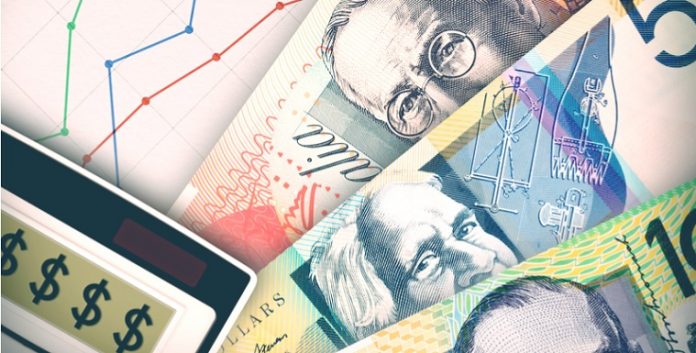- Australian Dollar (AUD) is on track for 3.5% losses this week as risk sentiment tanks
- Rising covid cases are threatening the global economic recovery
- US Dollar (USD) boosted by initial jobless claims which rise 870,000 vs 843,000 exp.
- Federal Reserve Jerome Powell to testify to Senate
The Australian Dollar US Dollar (AUS/USD) exchange rate is trending southwards for a fifth straight session on Thursday. The pair settled -1.4% in the previous session at US$0.7074, the low of the day. At 12:30 UTC, AUD/USD trades -0.5% at US$0.7035, a level last seen in mid-July. The Australian Dollar is on track to lose 3.5% versus its US counterpart this week.
The risk sensitive Australian Dollar continues to drop, tracing risk sentiment lower. Whilst the safe haven US Dollar benefits from the risk averse mood in the market.
Investors are growing increasingly worried over the resurgence of coronavirus threatening the fragile global economic recovery.
Yesterday economic data across the globe highlighted how the economic recovery was stalling. PMI data showed that the service sector in Europe was contracting, whilst growth in the US and UK slowed. Australian retail sales also declined sharply.
Today, US initial jobless claims, unexpectedly increased by more than last week. 870,000 Americans signed up for unemployment benefits. This was more than the 843,000 than analysts had been forecasting and was also higher than the 860,000 recorded in the previous week. The data shows that the labour market recovery is running out of steam.
Yesterday, the US Federal Reserve Chair Jerome Powell said that the US economy still had a long way to go to recover. He also said that he considers that the US economy needs additional fiscal support. The recent data supports his beliefs.
The US Republicans and Democrats have not been able to agree to an additional rescue package since the $600 Federal supplementary unemployment benefit expired in July. With the US elections now under 2 months away the chances of additional stimulus being agreed is very slim. It increasingly looks as if there will be no more stimulus at least for a few months which is panicking investors.





